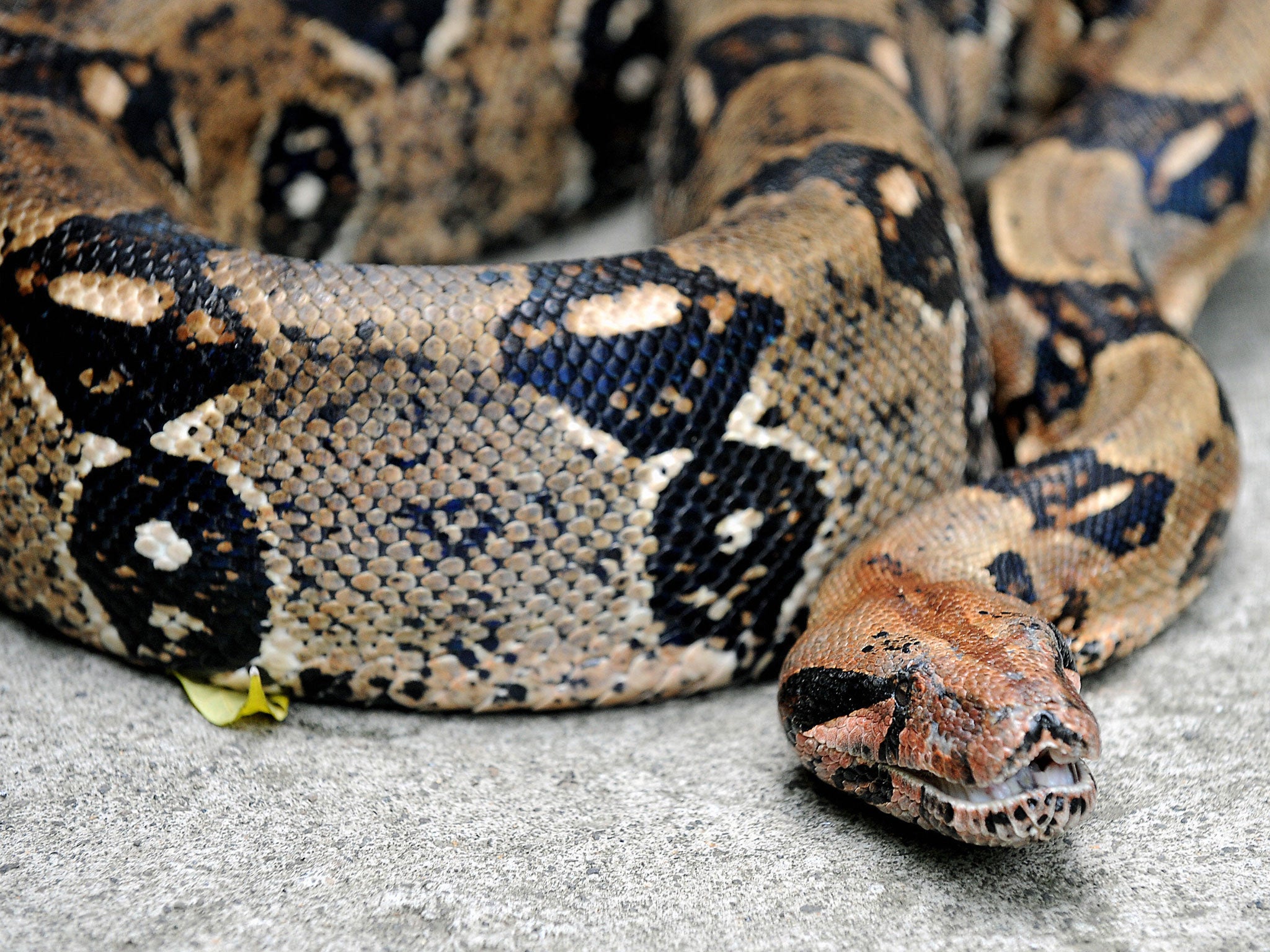

Liasis mackloti mackloti, Macklot's python.Leiopython albertisii, D'Albert's water python (white-lipped python).Bothrochilus boa, Bismark ringed python.Aspidites melanocephalus, Black-headed python.The family is comprised of five genera and 28 species are currently recognized.īelow are the average and maximum recorded lengths of various species of pythons and boas confirmed by reputable biologist and/or herpetologists. Boas are distinguished from the pythons in that none have postfrontal bones or premaxillary teeth, and that they give birth to live young. Relatively primitive snakes, adults are medium to large in size, with females usually larger than the males. The Boidae, commonly known simply as boas or boids, are a family of non-venomous snakes found in the Americas, Africa, Europe, Asia and some Pacific Islands. The family is comprised of eight genera and 32 species are currently recognized. Pythons are distinguished from the boas in that they lay eggs while boas give birth to live young. Among its members are some of the largest snakes in the world. PMID 24315866.The Pythonidae, commonly known simply as pythons, are a family of non-venomous snakes found in Africa, Asia and Australia and some Pacific Islands.

"Toward a Tree-of-Life for the boas and pythons: Multilocus species-level phylogeny with unprecedented taxon sampling". "Phylogeny of South American and Malagasy boine snakes: Molecular evidence for the validity of Sanzinia and Acrantophis and biogeographic implications". "Dispersal and vicariance: The complex evolutionary history of boid snakes".

Boine Snake Phylogeny and Research Cycles. Snake Species of the World: A Taxonomic and Geographic Reference, vol.

Lucia), on San Andrés, Providencia and many other islands along the Caribbean coasts of Mexico and Central and South America. One species is present in the Lesser Antilles ( Dominica and St. ) Not including the nominate subspecies.īoa species are found in northern Mexico through Central America ( Belize, Guatemala, Honduras, El Salvador, Nicaragua, Costa Rica and Panama) to South America north of 35°S ( Colombia, Ecuador, Peru, Venezuela, Guyana, Suriname, French Guiana, Brazil, Bolivia, Uruguay and Argentina).Mexico, Central America and a small part of northwestern South America South America (except a small part of the northwest)Ĭentral American boa, northern boa or Colombian boa The Online Etymology Dictionary says that the word comes from the "late 14c., "large snake," from Latin boa, type of large serpent mentioned in Pliny's "Natural History " origin unknown (in medieval folk etymology the name was associated with Greek bous "ox")." Species Image Five extant species, and one extinct, are currently recognized. Boa is a genus of boas found in Mexico, the Caribbean, and Central and South America.


 0 kommentar(er)
0 kommentar(er)
